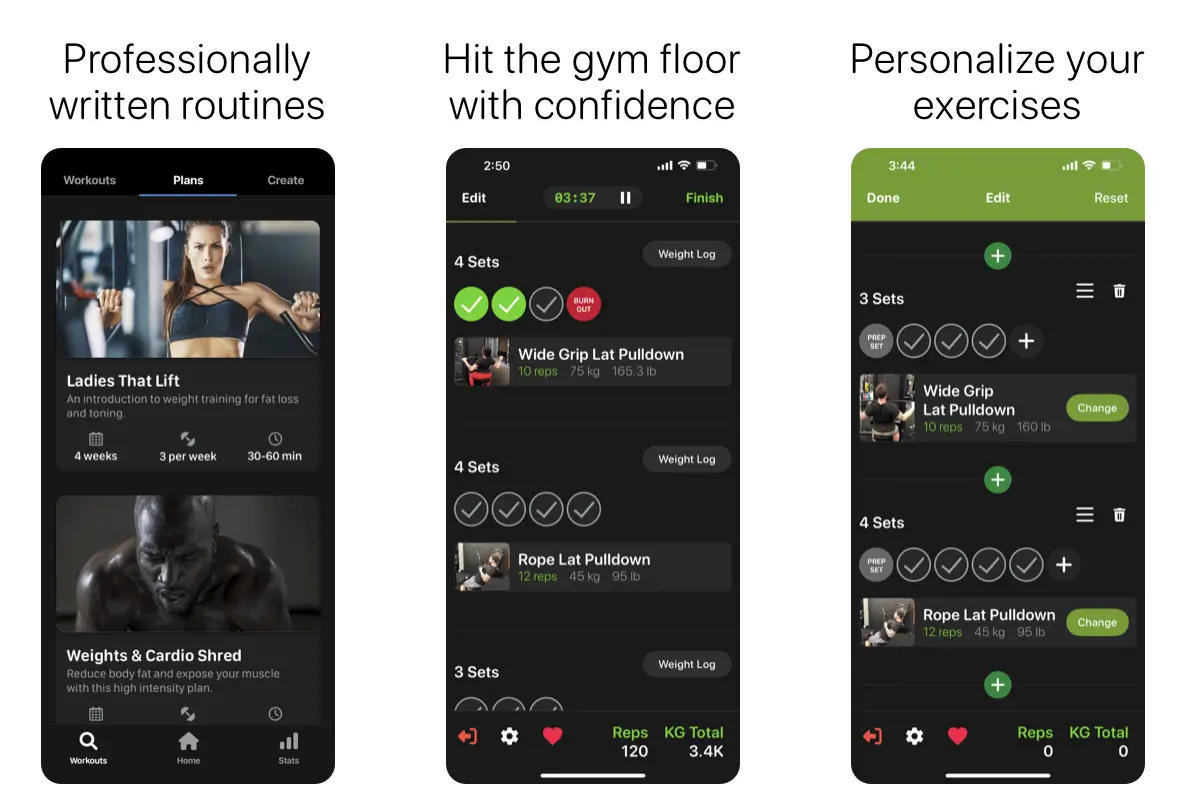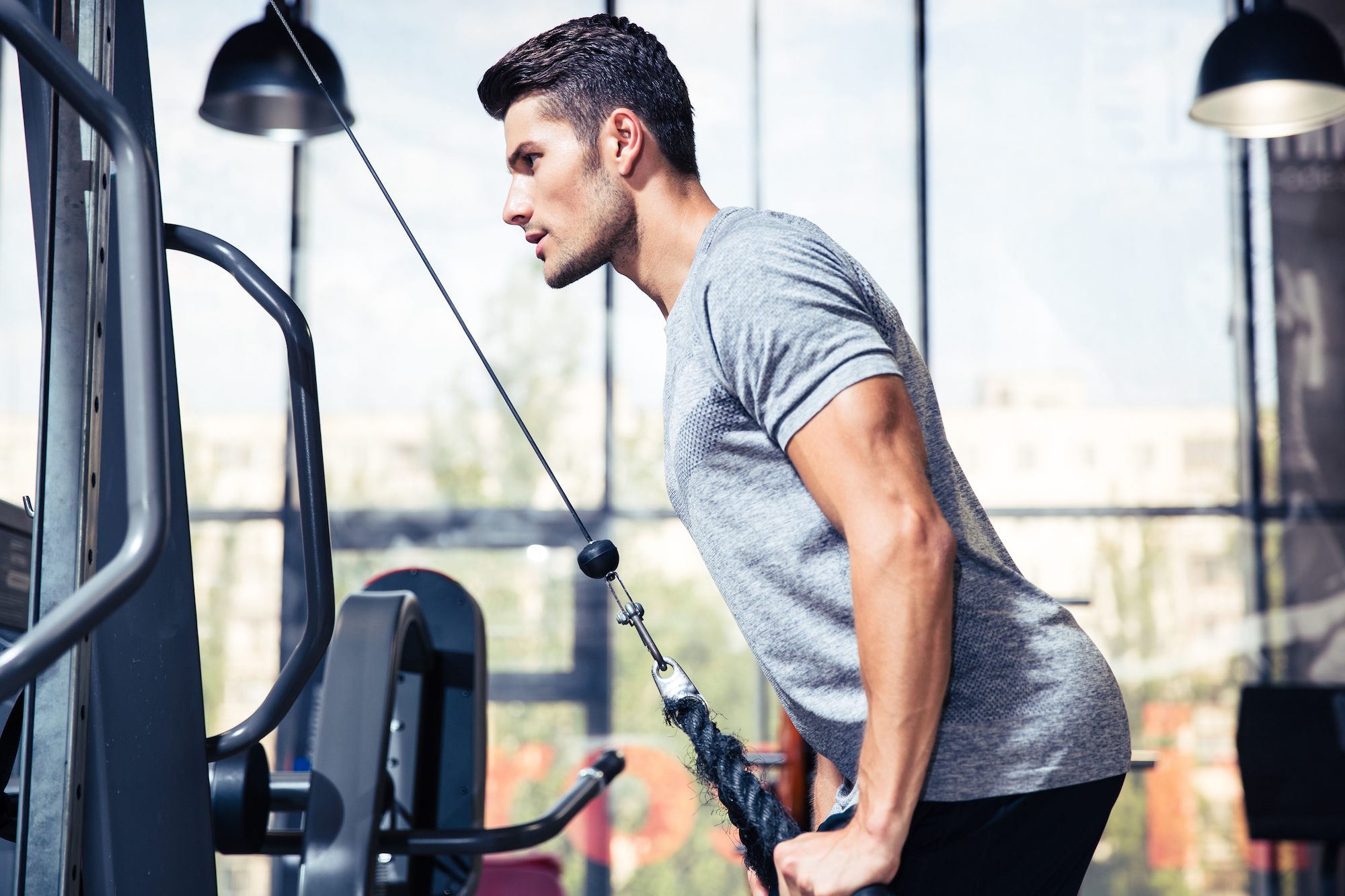Embarking on a fitness journey often leads you to a crossroads where you must decide whether to prioritize impeccable technique or embrace the concept of progressive overload (gradually increasing the weight you use over time on any given exercise).
In the realm of gym results and success, both elements play pivotal roles, but understanding how to strike a balance between them is key.
In this blog post, we’ll delve into the significance of form/technique and progressive overload, shedding light on their individual benefits and their collective impact on achieving better results.
Mastering Form/Technique: The Foundation of Success
Technique serves as the cornerstone of any effective workout routine. Performing exercises with proper form ensures that the targeted muscles are engaged optimally while minimizing the risk of injuries.
Whether you’re executing a deadlift, squat, or lateral raise, honing in on precise movement patterns promotes muscle activation, enhances results, and safeguards against unnecessary strain.
An emphasis on technique is particularly crucial for beginners. Establishing sound movement habits from the start not only fosters a safer workout environment but also sets the stage for much longer-term progress.
Perfecting technique lays the foundation for muscle memory, allowing individuals to execute exercises more efficiently over time and increasing strength quicker.
Progressive Overload: Fueling Muscle Growth and Strength
While technique lays the groundwork, progressive overload propels you toward continuous improvement.
This principle revolves around gradually increasing the stress placed on your muscles over time. By progressively challenging your body with heavier weights, increased repetitions, or shorter rest intervals, you stimulate muscle adaptation, leading to growth and enhanced strength.
Progressive overload is the driving force behind muscle hypertrophy and increased endurance. It prompts the body to adapt to new stressors, pushing its limits and fostering the development of lean muscle mass.
This process not only contributes to a sculpted physique but also boosts overall metabolic rate, promoting more fat loss.
The Balancing Act: Where Technique Meets Progress
The debate over technique versus progressive overload often overlooks the relationship between the two. Neglecting proper form in pursuit of heavier weights can lead to compromised results and potential injuries.
Conversely, fixating solely on flawless technique may hinder your ability to challenge your muscles sufficiently.
Achieving the ideal balance involves prioritizing technique during the initial learning phase of an exercise and progressively incorporating increased resistance or intensity as proficiency improves.
This harmonious approach ensures that you reap the benefits of both precision and overload, fostering a holistic and sustainable fitness journey.
Conclusion
In the grand tapestry of gym success, technique and progressive overload are not adversaries but complementary components. A well-rounded approach involves mastering the art of precise movements while strategically pushing your limits over time.
By striking this balance, you can unlock the full potential of your workouts, achieving not only optimal results but also a sustainable and injury-resistant fitness journey.
Remember, it’s not about choosing one over the other; it’s about integrating them seamlessly for a better approach to your fitness goals.

Rep by rep you'll experience what proper gym training can do.
Save time structuring your routines and avoid making mistakes with your workouts.
With exercise tracking, progress monitoring and the ability to modify existing workouts.
Crush your goals and achieve more than you thought possible.
Start training with us today and unlock a fitter, stronger and healthier you!

